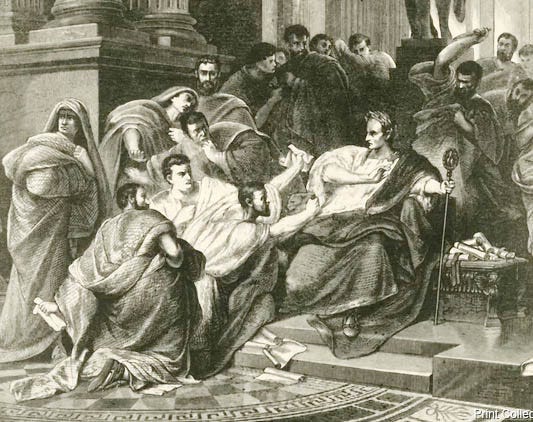All dictators die
History of gruesome endings should give pause to wannabes
While all the political scholars keep debating whether Donald Trump is acting like a wannabe dictator or not, his most admiring supporters and his most vocal opponents believe he already is one. Last week, Trump told an Oval Office gathering of his cabinet officers that he really doesn’t want to be a dictator. But…


